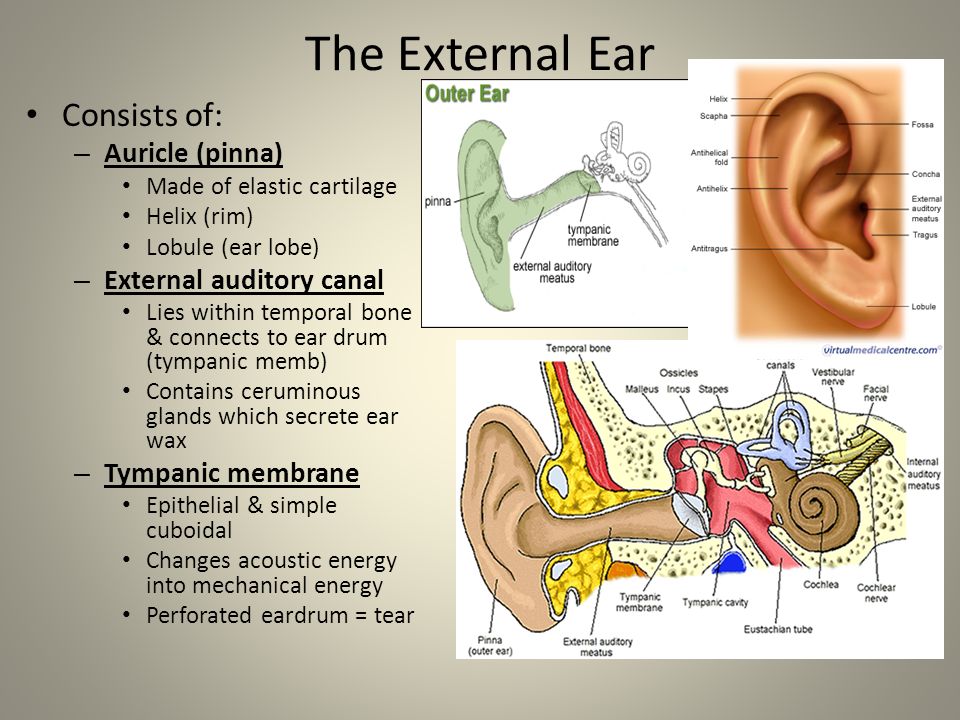Why is my ear cartilage hurting. Relapsing Polychondritis: Understanding Symptoms, Causes, and Treatments for Ear Cartilage Pain
Why does ear cartilage hurt in relapsing polychondritis. What are the symptoms of this rare autoimmune disorder. How is relapsing polychondritis diagnosed and treated. What is the long-term outlook for patients with this condition.
What is Relapsing Polychondritis and How Does it Affect the Body?
Relapsing polychondritis (RP) is a rare autoimmune disorder characterized by recurrent inflammation of cartilage and other connective tissues throughout the body. This condition primarily targets cartilaginous structures, including the ears, nose, joints, and respiratory tract. The inflammation associated with RP can lead to pain, swelling, and potential damage to affected tissues.
RP can affect individuals of any age, but it most commonly manifests between the ages of 40 and 60. The severity and frequency of symptoms can vary greatly from person to person, ranging from mild, occasional flare-ups to severe, frequent attacks that may impact vital organs and become life-threatening.
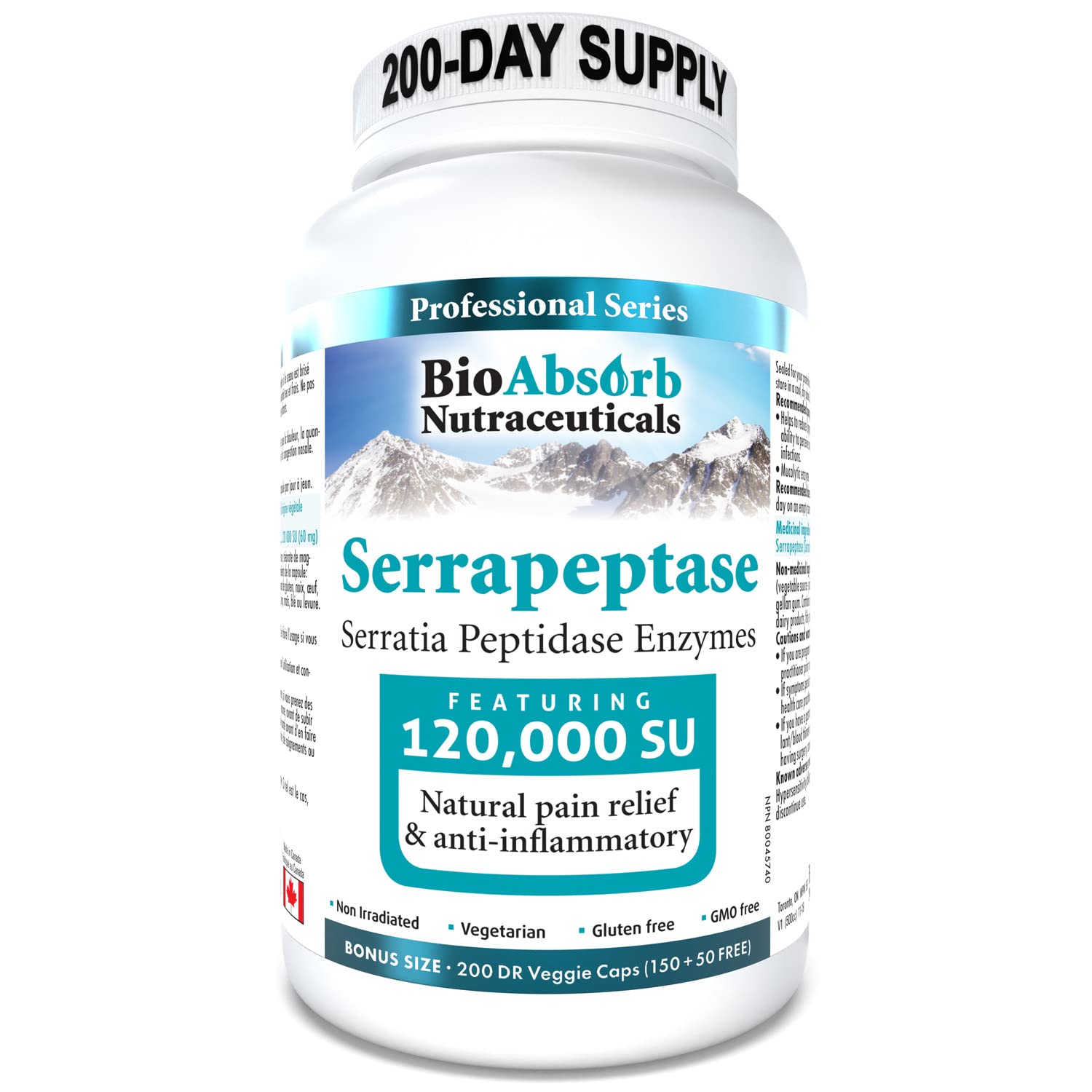
Key Areas Affected by Relapsing Polychondritis
- Ears
- Nose
- Joints
- Eyes
- Respiratory tract
- Heart valves
- Blood vessels
- Skin
Can relapsing polychondritis affect internal organs? Indeed, RP can impact various internal structures, including the heart, kidneys, and blood vessels. This systemic involvement underscores the importance of early diagnosis and comprehensive management to prevent potential complications.
Recognizing the Symptoms of Relapsing Polychondritis
The symptoms of relapsing polychondritis can be diverse and may mimic other conditions, making diagnosis challenging. However, certain hallmark signs can help identify this rare disorder.
Common Symptoms of Relapsing Polychondritis
- Ear pain and redness
- Nose bridge deformation (“saddle nose” or “pug nose”)
- Joint pain and swelling
- Eye inflammation and pain
- Respiratory difficulties
- Hearing and balance problems
- Skin rashes
Is ear pain always present in relapsing polychondritis? While ear involvement is a common feature of RP, not all patients experience ear pain. The condition can manifest differently in each individual, affecting various cartilaginous structures throughout the body.

Unraveling the Causes of Relapsing Polychondritis
The exact cause of relapsing polychondritis remains unknown, but researchers believe it stems from a combination of genetic and environmental factors. As an autoimmune disorder, RP occurs when the body’s immune system mistakenly attacks healthy cartilage and other connective tissues.
Potential Factors Contributing to Relapsing Polychondritis
- Genetic predisposition
- Environmental triggers
- Stress
- Associated autoimmune conditions
Does relapsing polychondritis run in families? While there is evidence of a genetic component to RP, it is not typically considered a hereditary condition. Some individuals may have a genetic predisposition that increases their susceptibility to developing the disorder when exposed to certain environmental triggers.
Diagnosing Relapsing Polychondritis: A Multifaceted Approach
Diagnosing relapsing polychondritis can be challenging due to its rarity and the similarity of its symptoms to other conditions. Physicians typically rely on a combination of clinical examination, patient history, and diagnostic tests to confirm the presence of RP.

Diagnostic Criteria for Relapsing Polychondritis
To diagnose RP, doctors often look for the presence of three or more of the following criteria:
- Bilateral auricular chondritis (inflammation of both ear cartilages)
- Nasal chondritis
- Respiratory tract chondritis
- Non-erosive inflammatory polyarthritis affecting five or more joints
- Ocular inflammation
- Audiovestibular damage
How is relapsing polychondritis definitively diagnosed? While there is no single definitive test for RP, a combination of clinical findings, imaging studies, and sometimes tissue biopsy can help confirm the diagnosis. Blood tests may also be conducted to assess inflammation levels and rule out other conditions.
Treatment Strategies for Relapsing Polychondritis
Although there is no cure for relapsing polychondritis, various treatment options are available to manage symptoms, reduce inflammation, and prevent tissue damage. The treatment approach is typically tailored to each patient’s specific needs and the severity of their condition.

Common Treatment Options for Relapsing Polychondritis
- Nonsteroidal anti-inflammatory drugs (NSAIDs)
- Corticosteroids
- Immunosuppressants
- Biologics
- Supportive therapies
Can relapsing polychondritis be managed with medication alone? While medications form the cornerstone of RP treatment, a comprehensive approach often includes supportive therapies, lifestyle modifications, and regular monitoring. In some cases, surgical interventions may be necessary to address specific complications, such as airway obstruction or heart valve damage.
Living with Relapsing Polychondritis: Long-term Outlook and Quality of Life
The prognosis for individuals with relapsing polychondritis varies greatly depending on the severity of the condition, the organs involved, and the timeliness of diagnosis and treatment. While RP is a chronic condition that tends to progress over time, many patients can maintain a good quality of life with appropriate management.
Factors Influencing the Prognosis of Relapsing Polychondritis
- Early diagnosis and treatment
- Extent of organ involvement
- Frequency and severity of flares
- Response to treatment
- Presence of comorbidities
Is relapsing polychondritis a life-threatening condition? In severe cases, RP can lead to life-threatening complications, particularly when it affects vital organs such as the heart or respiratory system. However, with advances in treatment and improved understanding of the disease, survival rates and overall outcomes have significantly improved in recent years.

Advances in Relapsing Polychondritis Research: New Horizons in Treatment
Ongoing research into relapsing polychondritis is shedding light on the underlying mechanisms of the disease and paving the way for novel treatment approaches. Scientists are exploring targeted therapies that may offer more effective and less toxic options for managing RP.
Promising Areas of Relapsing Polychondritis Research
- Genetic studies to identify susceptibility genes
- Investigation of biomarkers for early diagnosis and disease monitoring
- Development of targeted immunotherapies
- Exploration of regenerative medicine techniques for cartilage repair
How might future treatments for relapsing polychondritis differ from current approaches? Emerging research suggests that future treatments may be more personalized, targeting specific pathways involved in the autoimmune response. This could lead to more effective disease control with fewer side effects, potentially improving long-term outcomes for patients with RP.

Supporting Patients with Relapsing Polychondritis: The Role of Awareness and Education
Raising awareness about relapsing polychondritis is crucial for improving diagnosis rates, advancing research, and providing support to affected individuals. Patient advocacy groups and educational initiatives play a vital role in disseminating information about this rare condition.
Key Aspects of RP Awareness and Education
- Educating healthcare providers about the signs and symptoms of RP
- Providing resources and support for patients and their families
- Promoting research funding and clinical trials
- Fostering a sense of community among individuals affected by RP
How can increased awareness impact the lives of people with relapsing polychondritis? Greater awareness can lead to earlier diagnosis, improved access to treatment, and enhanced support systems for patients. It can also drive research efforts, potentially leading to breakthroughs in understanding and managing this complex disorder.
In conclusion, relapsing polychondritis is a rare but potentially serious autoimmune condition that requires careful management and ongoing medical attention. While challenges remain in diagnosis and treatment, advancements in research and increased awareness offer hope for improved outcomes for individuals living with this condition. By understanding the symptoms, causes, and available treatments, patients and healthcare providers can work together to effectively manage RP and maintain the best possible quality of life.
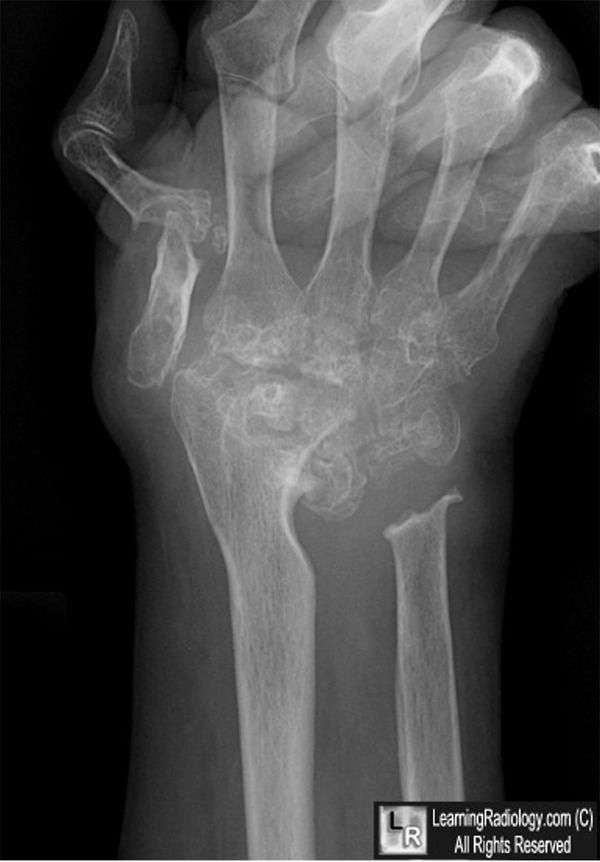
Relapsing Polychondritis: Symptoms, Causes, and Treatments
Written by WebMD Editorial Contributors
- What Is Relapsing Polychondritis?
- Relapsing Polychondritis Symptoms
- Relapsing Polychondritis Causes
- Relapsing Polychondritis Diagnosis
- Relapsing Polychondritis Treatment
- Relapsing Polychondritis Outlook
- More
Relapsing polychondritis (RP) is a rare disease that causes inflammation of your cartilage and other tissues in your body. If you have painful joints and notice changes in your ears or nose, you might have this condition.
Inflammation is your body’s way to fight disease or injury. When your immune system thinks there’s a problem (like a virus or bacteria), it releases certain cells in your blood, and more blood flows to the affected area. That can cause redness, warmth, swelling, or pain.
The pain from RP usually comes on suddenly, and it can happen to both men and women, and to people of all ages. But it’s more likely to start between the ages of 40 and 60.
But it’s more likely to start between the ages of 40 and 60.
It affects people in different ways. Some get a mild case of RP once in a while, and the symptoms go away on their own. Others have lots of pain and more frequent attacks.
Because it can affect key organs, RP can lead to serious illness and can be life-threatening.
The disease mostly affects cartilage (firm but flexible tissue) in your ears and joints. It also may show up in your nose, ribs, spine, and windpipe. It can affect any area where the tissue is similar to cartilage, like your eyes, heart, skin, kidney, ribs, blood vessels, and nervous system.
Common signs of relapsing polychondritis include:
- A dip in the bridge of your nose (“saddle nose” or “pug nose”)
- Ear pain and redness
- Red, painful, and swollen eyes
- Painful, swollen joints (hands, fingers, shoulders, elbows, knees, ankles, toes, pelvis) that may or may not happen along with arthritis
- Rib pain
- Throat or neck pain
- Trouble breathing and speaking
- Trouble swallowing
- Rashes
People with this condition may also have other inflammatory diseases like vasculitis or ankylosing spondylitis. They also may have another autoimmune disease like lupus.
They also may have another autoimmune disease like lupus.
Depending on where RP affects you, it can also cause problems with a heart valve or kidney issues. If RP affects your inner ear, you could feel sick to your stomach or have trouble with hearing and balance.
If the disease gets into your windpipe, it can cause a cough and make it hard to breathe or swallow. You also can have severe RP pain in your breastbone and ribs.
Doctors don’t know what causes RP. Some think a certain gene may make you more likely to get it, but it doesn’t run in families.
It’s considered an autoimmune disorder. That means your immune system attacks healthy tissue by mistake. Researchers think some cases might be triggered by stress or things in the environment.
There isn’t a test for RP. Your doctor will examine you and ask questions about your symptoms. You might get a blood test for signs of inflammation. X-rays can make the affected areas show up better.
To find out for sure if you have RP, your doctor might look for three or more of these:
- Inflammation of the cartilage in both your ears
- Inflammation of the cartilage in your nose
- Inflammation of the cartilage in your airway
- Arthritis in five or more joints at the same time
- Hearing or balance problems (vertigo, hearing loss, tinnitus)
- Eye inflammation (conjunctivitis, episcleritis, scleritis, and/or uveitis)
In some cases, your doctor may want to take a small amount of tissue to look at under a microscope. This is known as a biopsy.
This is known as a biopsy.
Depending on how the disease affects you, you might need to see a specialist. This could be an expert in autoimmune disorders (rheumatologist), heart problems (cardiologist), or pain management.
There’s no cure for RP, but your doctor can help you feel better and save your cartilage with:
- Anti-inflammatories (like Motrin or Advil) can help with pain, especially for people who have a mild case of RP.
- Steroids (like prednisone) or other kinds of drugs to help with inflammation.
- Stronger drugs that slow down your immune system. And depending on how serious your case is, and which organs are affected, you might need surgery to fix a damaged heart valve or put in a breathing tube.
The long-term outlook for RP is different for each person. The condition will get worse over time. Vision and hearing loss, heart and lung disease, and balance problems are all common in the later stages of the condition.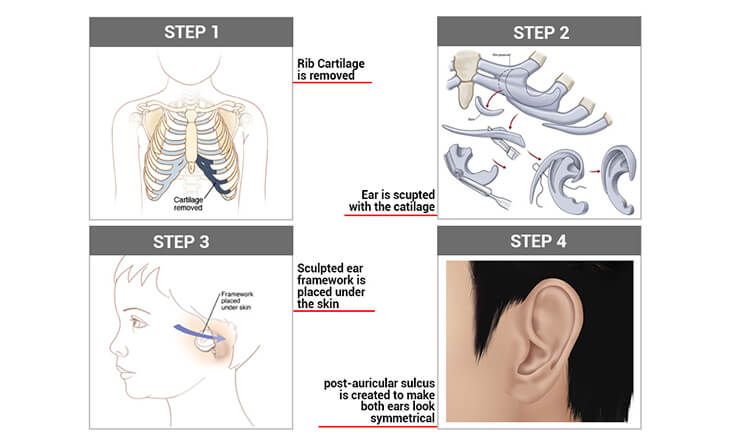
Serious cases of RP can be deadly, but survival rates have improved a great deal over the years.
Top Picks
Chondrodermatitis nodularis helicis: Symptoms and treatment
Chondrodermatitis nodularis helicis is an inflammatory skin condition that affects the ear. It causes a painful bump to develop on the top rim or helix of the ear or the curved piece of cartilage just inside, known as the antihelix. The condition, abbreviated to CNH, is also known as Winkler disease.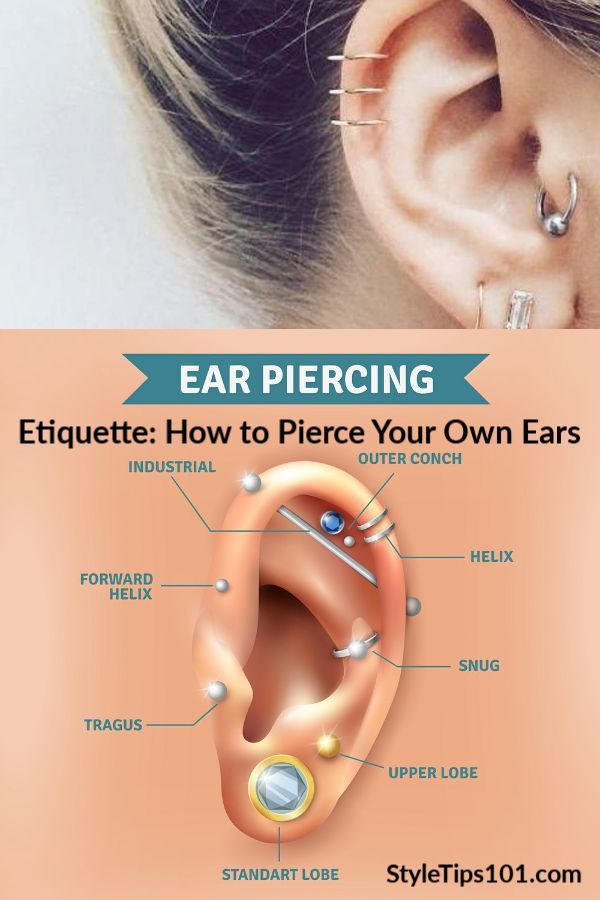
CNH often affects those who sleep on one side of their body more than the other. The condition most commonly occurs in males aged 40 years old or older, but females and younger adults may also develop a nodule.
Below, we discuss the symptoms and causes of CNH, along with the best treatment options.
Share on PinterestChondrodermatitis nodularis helicis is a sensitive lump that forms on the top rim or helix of the ear. Image credit: Klaus D. Peter, Gummersbach, Germany
The most obvious symptom is a painful raised bump or nodule on the cartilage of the ear.
The nodule will typically grow bigger over time until it is between 5 and 10 millimeters (mm) in diameter.
There is often a tiny core in the bump that emits a scaly liquid. This liquid may cause a scab to form over the nodule when it dries.
Although small, a nodule caused by CNH is usually sensitive to touch and temperature. It can create an intensely sharp or stabbing sensation when irritated or exposed to cold.
A person cannot get rid of CNH by picking at a nodule. The lump may persist for several months or years.
When someone experiences pressure or trauma to the skin, it can be associated with CNH. People who sleep mainly on one side often develop a nodule. Experts believe changes in blood flow to the cartilage contribute to the problem.
A bump may, however, appear:
- after a trauma, such as a knock to the ear cartilage
- due to continued use of headphones or telephones
- following frostbite or recurrent sun damage
- spontaneously and for no apparent reason
Also, people with autoimmune diseases, particularly a condition known as systemic sclerosis, have reported having CNH.
Importantly, CNH is not contagious or hereditary, and it is not linked to skin cancer.
A dermatologist or doctor may be able to diagnose CNH by looking at the ear.
They will, however, probably order a biopsy to confirm this and to rule out more serious conditions. During a biopsy, a doctor will remove a small sample of the nodule, and send it away for examination under a microscope.
During a biopsy, a doctor will remove a small sample of the nodule, and send it away for examination under a microscope.
People sometimes mistake CNH for skin cancer, especially if the skin around the nodule bleeds or becomes scaly. This confusion is because basal cell skin cancer, squamous cell skin cancer, and precancers can resemble some CNH nodules.
People who experience CNH can treat the condition with self-care techniques and medications.
Self-care techniques
Share on PinterestCNH can develop when a person always sleeps on the same side of their body.
People can find relief using home remedies to improve sleep and reduce the symptoms of pain and pressure in the ear.
To relieve discomfort or pain, a person can:
- Sleep on the other side to avoid putting pressure on the nodule.
- Use a soft pillow to prevent CNH developing on the other ear.
- Make a hole in the pillow around the ear area to reduce pressure or buy a special cushion for CNH.

- Use foam rubber, held in place with a headband, to make an ear protector to wear at night. Or, wear a moleskin bandage or get a made-to-measure silicone splint.
- Avoid prolonged exposure to sun or freezing temperatures.
- Wear a warm hat, pulled over the ears, during cold and windy weather.
- Avoid pressing a phone against the ear and consider putting calls on loudspeaker when possible.
- Apply petroleum jelly to an irritated nodule.
Medication and medical treatments
If someones quality of life is affected by CNH, and they are unable to manage it with self-care techniques, a doctor can treat it with:
- Antibiotics: Antibiotic ointment may be prescribed for an ulcerated and infected CNH.
- Corticosteroids: A topical corticosteroid cream can reduce pain and redness. A doctor may alternatively administer a corticosteroid injection into the nodule.
- Collagen: This can be injected under the skin to provide a protective layer over the cartilage.

- Liquid nitrogen: To encourage the nodule to heal, a doctor may attempt to freeze it with liquid nitrogen.
- Nitroglycerin: A doctor may prescribe this treatment for severe cases of CNH. Some research reports successful use of a nitroglycerin patch to improve blood circulation to the ear. This could cause the nodule to reduce in size over time. Potential side effects include headaches, flushing, and reduced blood pressure.
- Laser treatment: Less commonly, CNH may be removed using a concentrated beam of light. This is known as laser therapy.
Surgery
Surgery for CNH was once the preferred method of treatment. But recent studies suggest that more conservative treatments may be just as effective. Surgery is now reserved for severe cases or when other treatments fail to improve CNH.
When surgery is required, a doctor will usually do an excision biopsy by removing the nodule under a local anesthetic. Changes to the nerves during an operation may help to reduce pain around the CNH.
Changes to the nerves during an operation may help to reduce pain around the CNH.
The recurrence rate of CNH after an excision biopsy is, however, estimated to be around 10 to 38 percent. It may recur because a surgeon did not succeed in removing all of the damaged cartilage during an operation.
Share on PinterestThe severity of pain can vary with CNH but people can often manage the condition using home remedies.
People may experience symptoms that range from mild discomfort to severe pain when they have CNH. The condition is not, however, harmful or cancerous.
CNH is treatable, and the long-term outlook is good. Most people respond well to medications or medical procedures.
Doctors typically recommended surgery to remove the nodule when other treatments have not been successful.
Many people can manage their symptoms, at least in the short term, using home remedies, such as special pillows and changes in sleeping habits.
Inflammation of the auricle, perichondritis of the outer and outer ear
Rating of the ENT clinic in Moscow
2nd place
markakachestva.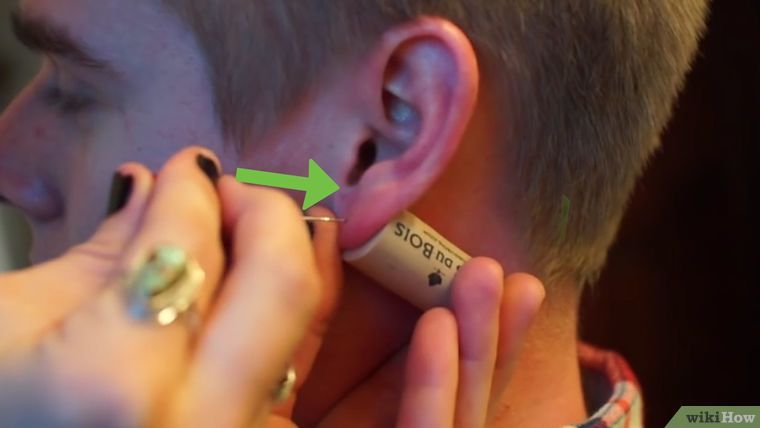 ru
ru
2nd place
www.fb.ru
Englishru
EnglishFrançais中文EspañolDeutschItaliano日本語ΕλληνικάDanskNorskSvenska
Contents of the article
- Causes and course of the disease
- Clinical picture
- Diagnostics
- Treatment
- Forecast
Perichondritis of the auricle is a diffuse inflammation of the perichondrium and ear cartilage, which also involves the skin of the outer ear.
Causes and course of the disease
The causes of ear inflammation are various infections, among which Pseudomonas aeruginosa is the most common, penetrating into the perichondrium in the following cases:
- When receiving a mechanical injury, as well as as a result of an operational injury, which can occur during plastic surgery of the external auditory canal and after radical surgery on the ear;
- For burns and frostbite;
- For ear furuncle;
- For influenza or tuberculosis.

Purulent perichondritis of the external ear is diagnosed more often than serous, which occurs as a result of insect bites.
First, there is pain in the ear canal or the auricle area. Then a swelling appears, which gradually spreads over almost the entire area of \u200b\u200bthe shell, with the exception of the lobe. At the beginning of the disease, changes on the skin are almost imperceptible, but then a bumpy swelling appears. In such places, fluctuation is observed (wave-like vibrations when touched), which occurs due to the formation of purulent exudate between the cartilage and the perichondrium. If treatment is not started on time, the cartilage will melt, followed by wrinkling and cicatricial deformity of the auricle. The clinic of serous perichondritis is much calmer than purulent.
Clinical picture
The main symptom of this disease is pain, which quite often precedes reactive infiltration of the outer ear skin. The swelling quickly spreads to the entire surface of the auricle.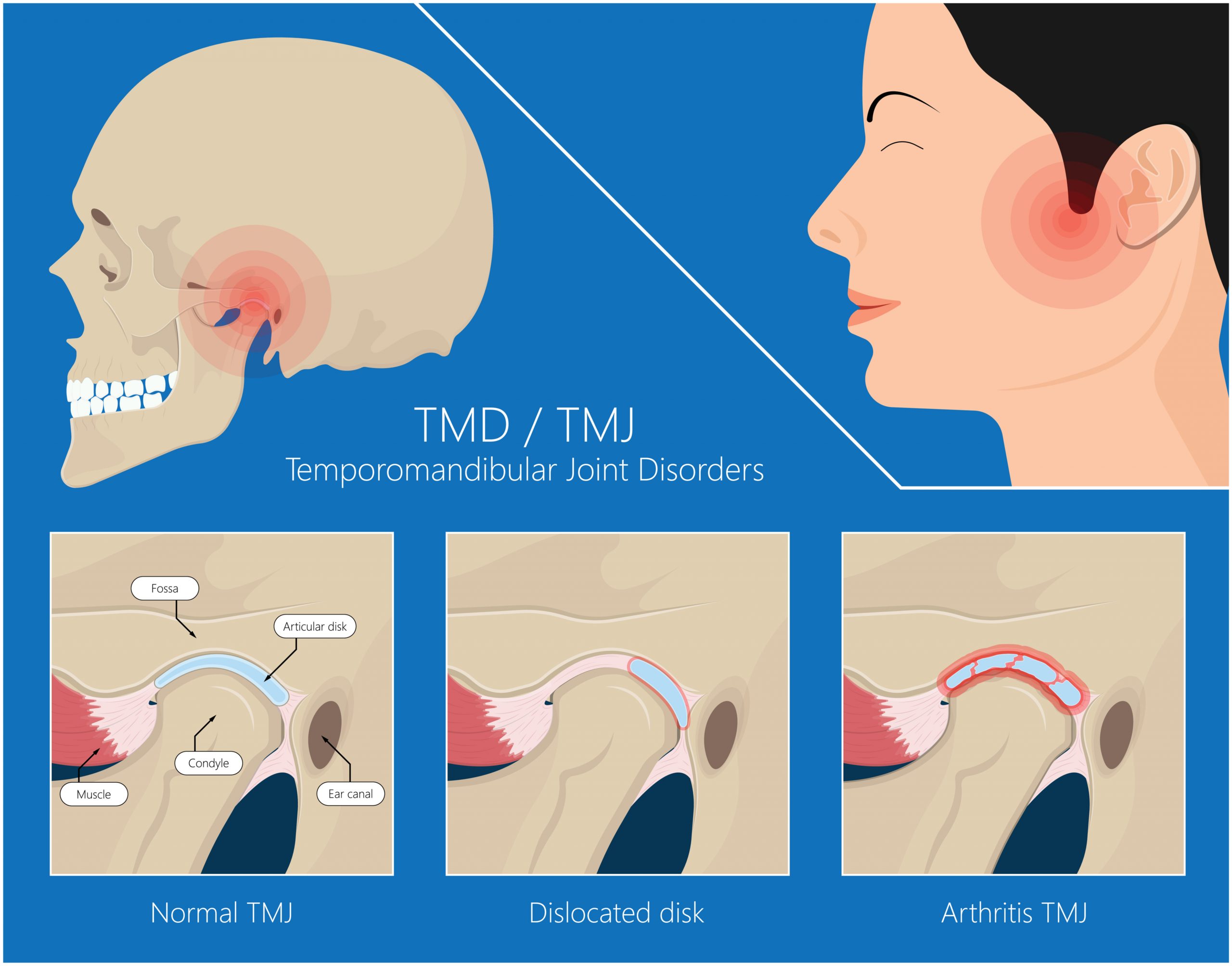 The exception is the lobe, because it lacks cartilage. Initially, the swelling has an uneven, even rather bumpy surface. Then, an exudate forms between the cartilage and the perichondrium. If the patient does not receive urgent (emergency) care, and the pus is not evacuated (removed), the cartilage will melt and turn into a bag of pus, and the process will turn into chondritis (inflammation).
The exception is the lobe, because it lacks cartilage. Initially, the swelling has an uneven, even rather bumpy surface. Then, an exudate forms between the cartilage and the perichondrium. If the patient does not receive urgent (emergency) care, and the pus is not evacuated (removed), the cartilage will melt and turn into a bag of pus, and the process will turn into chondritis (inflammation).
Friends! Timely and proper treatment will ensure you a speedy recovery!
Diagnosis
No problem. In the initial period of the development of the disease, perichondritis should be distinguished from erysipelas and hematoma (accumulation of blood).
Treatment
Antibacterial therapy is prescribed for this disease. Damaged areas are smeared with 5% tincture of iodine or 10% silver nitrate (lapis). The following physiotherapy procedures are mandatory: UV, UHF, microwave, laser therapy sessions, magnetotherapy sessions, ultrasonic exposure sessions. If fluctuation is observed, then drainage is performed, in which a wide incision is used and curettage of the abscess, which is necessary to remove necrotic tissue. Swabs with antibiotic solutions are placed in the cavity. Dressings are done daily, and in severe cases – twice a day.
If fluctuation is observed, then drainage is performed, in which a wide incision is used and curettage of the abscess, which is necessary to remove necrotic tissue. Swabs with antibiotic solutions are placed in the cavity. Dressings are done daily, and in severe cases – twice a day.
Make an appointment
Forecast
In case of timely and complete assistance, the prognosis for recovery and the absence of cosmetic defects is quite favorable.
Sources
- Avdeeva M.G., Lebedev V.V., Shubin M.G. Molecular mechanisms of the development of the infectious process // Clinical laboratory diagnostics. – 2007. – No. 4. – S. 15-22.
- Babiyak V.I., Nakatis Y.A. Clinical otorhinolaryngology. – St. Petersburg: Hippocrates, 2005. 798 s.
- Beloborodov V.B. Problems of antibacterial therapy of surgical infections caused by resistant gram-positive flora // Infections and antibacterial iepanmi.
 – 2005. – T. 07, No. 4. – S.34-37.
– 2005. – T. 07, No. 4. – S.34-37. - Blotsky, A. A. Clinical anatomy of ENT organs / A. A. Blotsky, M. S. Pluzhnikov, S. A. Karpishchenko. – St. Petersburg: Eskulap, 2007. – 195 p.
- Gostishchev V.K. Infections in surgery: a guide for physicians. -M.: GEOTAR – Media, 2007. – 768 p.
- Zarivchatsky M.F. Purulent wounds of soft tissues: monograph. – Perm: GOU VPO PSMA im. ak. E.A. Wagner Roszdrav, 2008. – 304 p.
- Palchun V. T., Kryukov A. I. Otorhinolaryngology: a guide for physicians. — M.: Medicine, 2001. — 616 p.
There are contraindications. Consultation of an ENT doctor is necessary.
The information in this section should not be used for self-diagnosis or self-treatment.
In case of pain
or other exacerbation of the disease, diagnostic studies should be prescribed only by the attending physician.
For diagnosis and proper treatment, you should contact your doctor.
USEFUL ARTICLES
Sinus cyst
Chronic vasomotor rhinitis
Otitis symptoms and treatment
Ask a question
Call me
Your full name:
*
Your phone:
*
What is bothering you?
*
Otitis externa – causes, symptoms, treatment
What is otitis externa?
This is an inflammation of the tissues of the external auditory canal, eardrum and auricle. Otitis externa is widespread. It is considered acute if it lasts less than 4 weeks, chronic if it lasts longer and/or recurs more than 4 times a year.
Otitis externa is widespread. It is considered acute if it lasts less than 4 weeks, chronic if it lasts longer and/or recurs more than 4 times a year.
IMPORTANT! Information from the article cannot be used for self-diagnosis and self-treatment! Only a doctor can prescribe the necessary examinations, establish a diagnosis and draw up a treatment plan for a consultation!
Symptoms of otitis externa
There are three degrees of severity of otitis externa.
- Mild otitis externa: itching in the ear canal, redness inside the ear, unpleasant sensations in the ear, which are aggravated by pressure on the auricle or tragus (a small protrusion in the center of the auricle). A little clear, odorless liquid may come out of the ear.
- Moderate otitis externa: itching becomes worse, the ear hurts, there is obvious redness inside, the discharge increases, pus may appear. The auditory canal is felt as if filled as a result of edema and retention of the discharge.

- Diffuse (diffuse) otitis externa: severe pain in the ear, radiating to the neck, temple, cheek; the auditory canal is completely blocked; the auricle becomes red and swollen, as are the lymph nodes in the neck. The temperature is elevated, sometimes significantly.
When to go to the doctor?
See a doctor even if you have mild otitis externa. If you have severe pain and a fever, you should call an ambulance or go to the hospital immediately.
Causes of otitis externa
- water that enters the ear when swimming is a breeding ground for bacteria;
- picking the ears with fingers, cleaning them with cotton swabs. As a result, a person damages the thin surface of the skin of the ear canal, which makes it vulnerable to infections;
- eczema, seborrhea, neurodermatitis, local skin irritation (from insect bites, etc.), allergy to earrings or hair products – may cause non-infectious otitis externa.
Risks of otitis externa
- The habit of cleaning the ears with cotton swabs, sticks, fingers.

- Frequent swimming, especially in natural waters where the water is not purified.
- Narrow ear canal, eg in children.
- Wearing headphones, hearing aids.
Possible complications of otitis externa
As a rule, otitis externa causes no complications and is easily treated. However, if complications do occur, they may be as follows:
- temporary hearing loss in the affected ear. Passes after recovery from otitis media;
- chronic otitis externa. It usually occurs when there are difficulties with the treatment of otitis externa, for example, with fungal and mixed bacterial-fungal forms;
- spread of infection to deep tissues – cellulitis of the neck, lymphadenitis, osteomyelitis. Similar complications (malignant otitis media) can occur in patients with immunodeficiency conditions, diabetes, and those receiving chemotherapy. Such complications can be life-threatening.
How to prevent otitis externa?
- Gently dab your ear after bathing, but don’t wipe the ear canal with anything.

- If water gets in your ear, you can shake it out by jumping on one leg and tilting your head to the same side. You can also dry the water in your ear with a hair dryer, setting it to the lowest setting and holding it about 30-40 cm from your ear.
- If you know that your eardrum has been damaged or punctured, you can use ear drops that will prevent bacteria from growing in your ear after water gets in.
- Do not swim in dirty water.
- Do not get into the ear canal with your finger, stick, cotton swab or swab – in a word, nothing.
- Protect your ears when using hairspray if you know it can irritate the skin inside the ear canal;
- If you have had ear surgery or ear infections, visit an ENT before swimming.
Diagnosis of otitis externa
Usually it is not difficult. Otitis externa is easily identified by its symptoms and the appearance of the ear and ear canal. The doctor may examine your ear with an otoscope. If he wants to make sure that the eardrum is not damaged, he can use a curette to clean the ear and take a deeper look.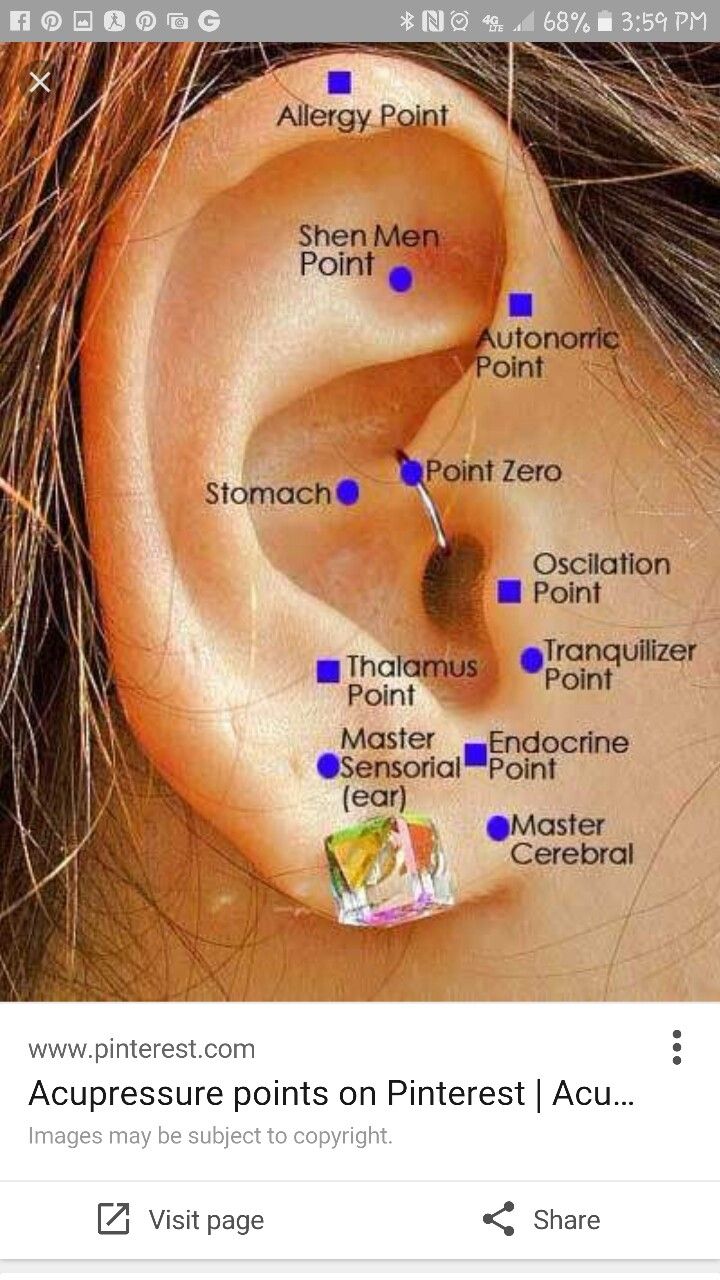
If otitis media is diffuse, the doctor may need additional diagnostics of the condition of the middle ear, determination of the nature of otitis media (bacterial or otherwise), etc.
Treatment of otitis externa
the passage to clear itself, as it happens normally.
- Cleaning and irrigation of the ear canal. As a rule, the doctor cleans it with a curette to free it from particles of skin, stuck earwax and dried discharge (serous or purulent). This is necessary so that the ear drops can spill to the entire depth of the ear canal.
- Ear drops prescribed by an ENT or general practitioner (GP). Usually these are drops with antibiotics and / or corticosteroids. For severe pain, analgesics may be used.
- In case of severe swelling of the external auditory canal, the doctor may first replace the drops with turunda soaked in medicine. When the edema subsides, it is easy to remove the turunda from the ear, and you can continue to be treated with drops.




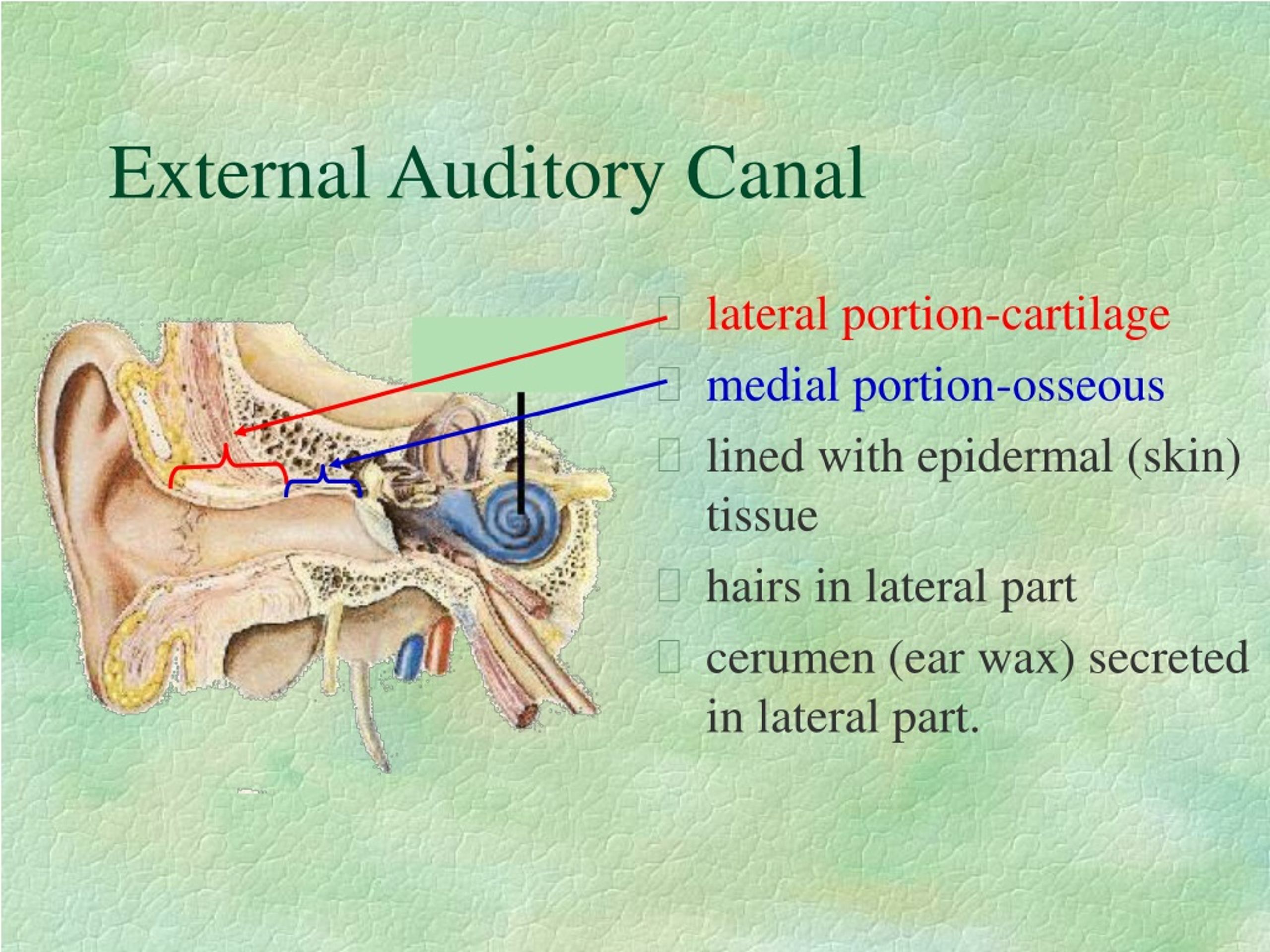
 – 2005. – T. 07, No. 4. – S.34-37.
– 2005. – T. 07, No. 4. – S.34-37. In case of pain
In case of pain
